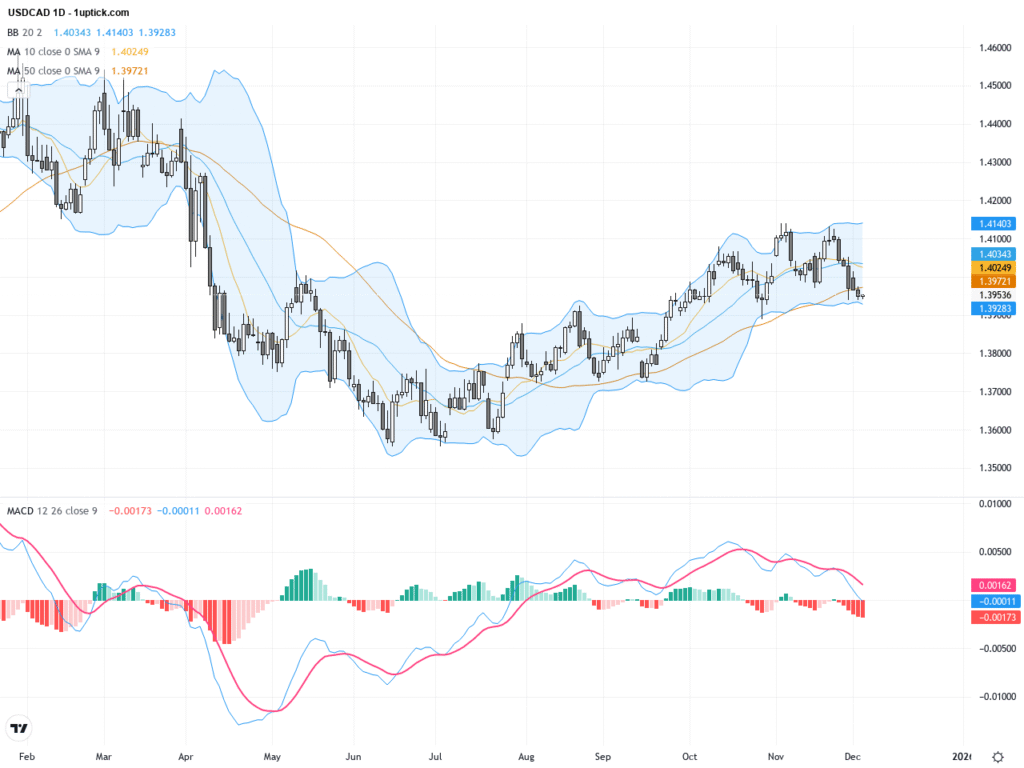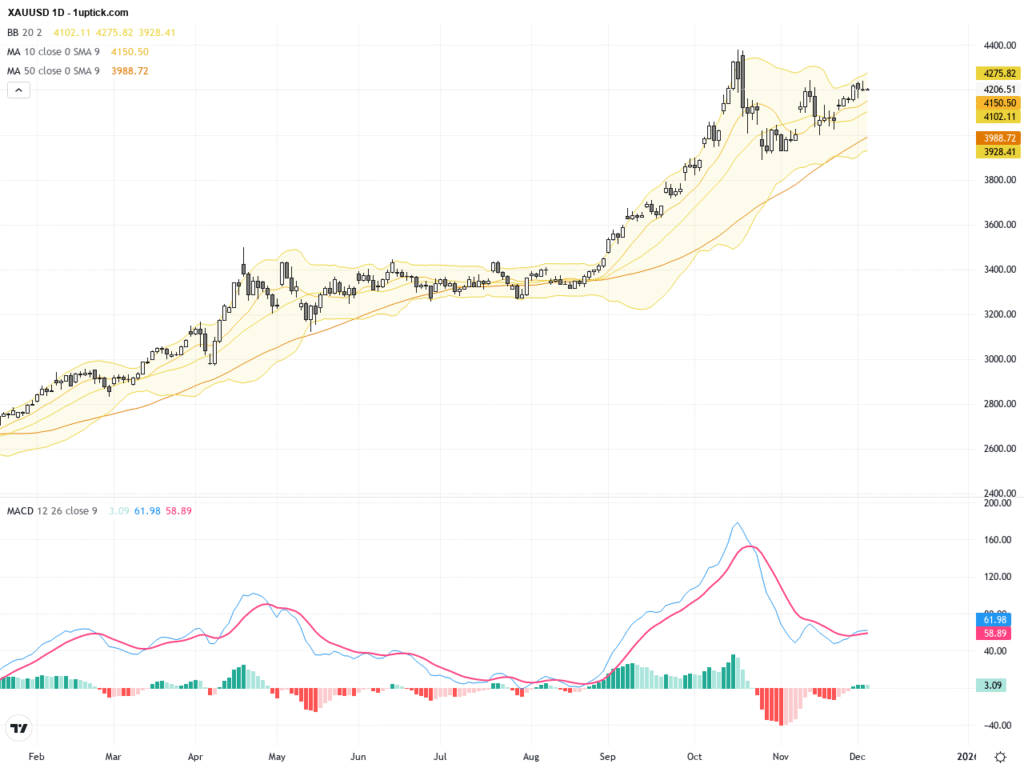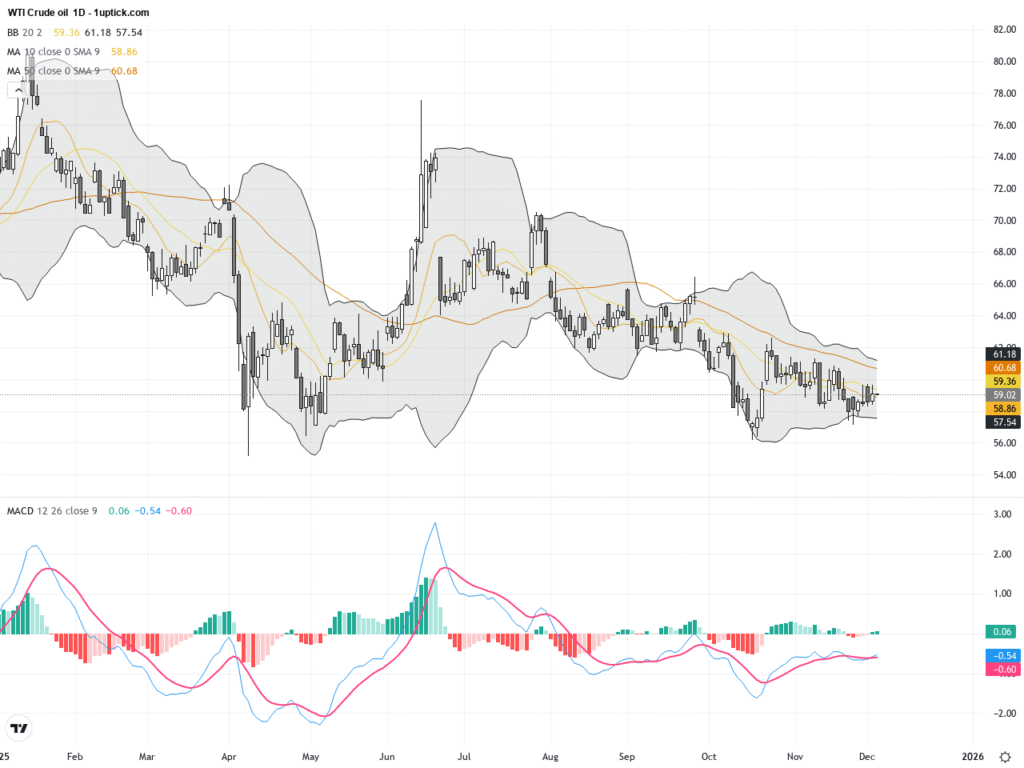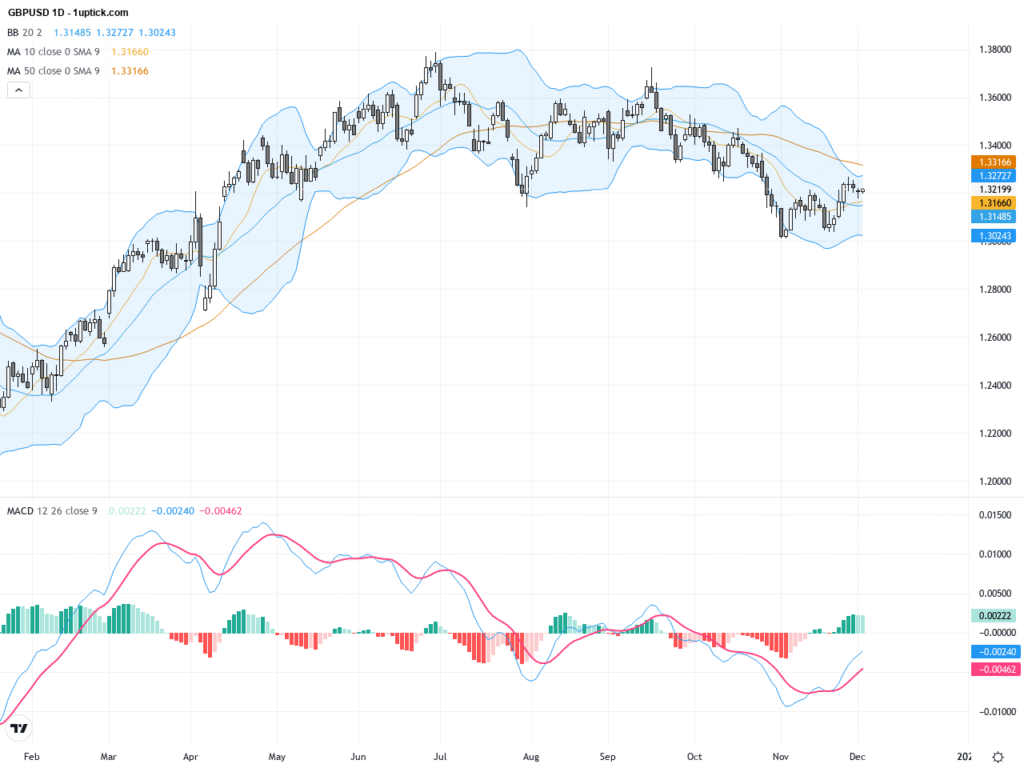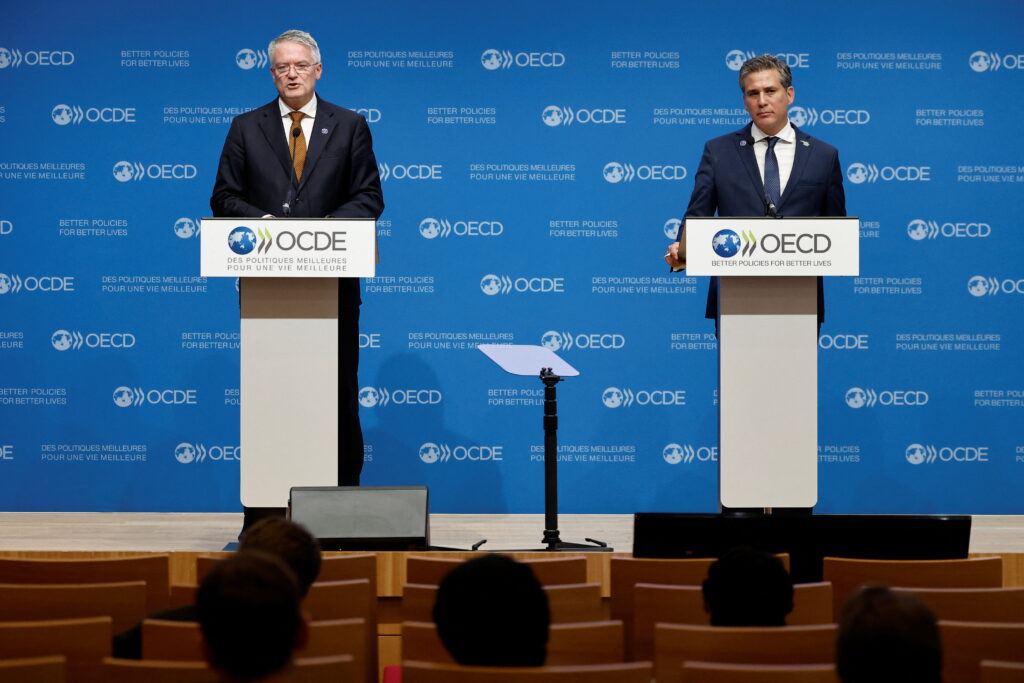 |
| Gold V.1.3.1 signal Telegram Channel (English) |
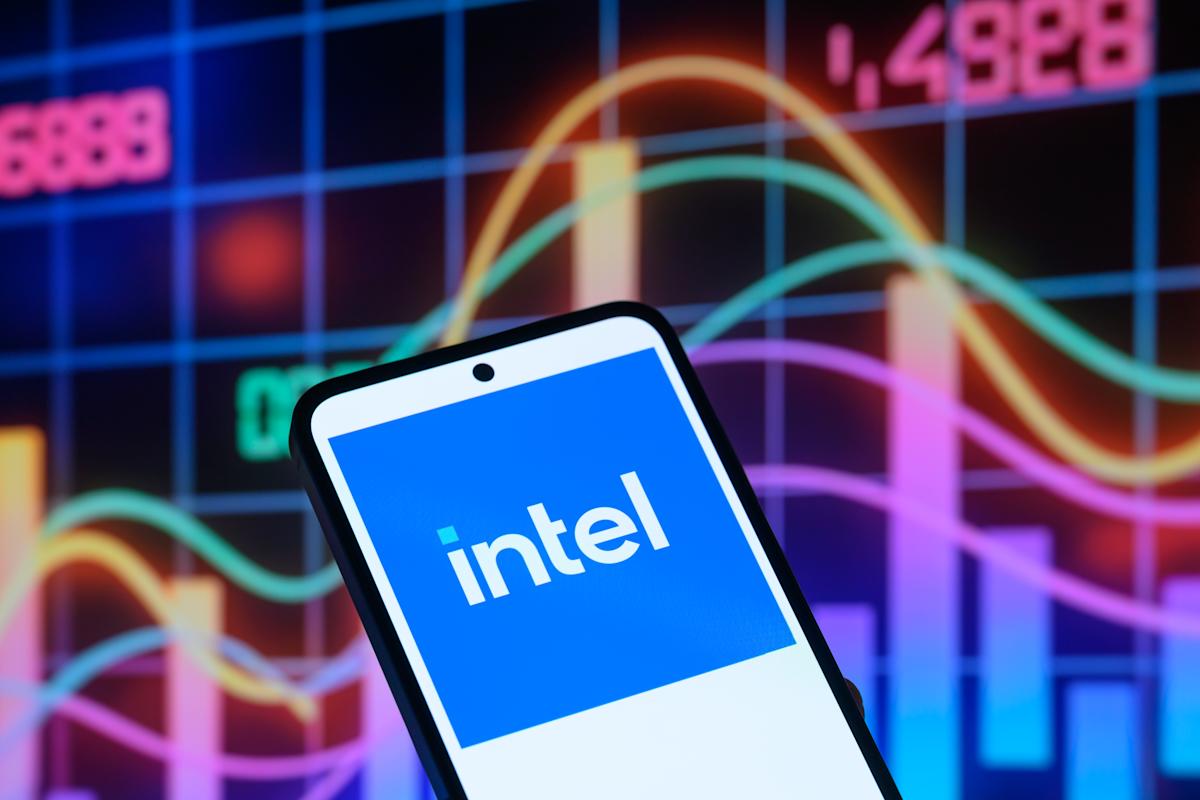
The 2025 US-China Trade Dispute Explained: Tariffs, Retaliation, and What Investors Need to Know
2025-08-23 @ 16:00
Understanding the Latest US-China Trade Dispute: Tariffs, Retaliation, and What Comes Next
The US-China trade relationship has once again entered a turbulent phase in 2025. At the heart of this volatility are new rounds of tariffs and retaliation, reshaping the economic landscape and impacting everything from global supply chains to individual company fortunes. Here’s a comprehensive look at what’s happening, why it matters, and what financial observers should consider.
The New Age of Tariffs
Earlier this year, the US administration, under President Donald Trump, reignited tariff disputes with China as part of a broad effort to overhaul trade policy. The initial move was a blanket 10% tariff imposed on all Chinese imports. The rationale was twofold: addressing the flow of illicit synthetic opioids (notably fentanyl) and correcting persistent trade imbalances. The scale and speed of this action caught global markets by surprise, with immediate ramifications for manufacturers, importers, and consumers.
China’s Swift Response
China wasted no time in launching its own countermeasures. Retaliatory tariffs targeted key American exports such as coal, liquefied natural gas, and agricultural machinery. These additional duties ranged from 10% to 15%, directly affecting strategic sectors like energy and food production. China also expanded its export controls, restricting critical minerals essential for high-tech manufacturing. These included tungsten, tellurium, bismuth, molybdenum, and indium, building on previous restrictions around gallium—a crucial material for electronics.
Beyond tariffs, China invoked its “Unreliable Entity List,” restricting business activities of major US companies operating in sensitive sectors. An antitrust investigation was also launched into a prominent US technology firm, further escalating regulatory pressure.
Escalation and Market Impact
As the tit-for-tat measures continued, tariff rates surged to historic levels. By spring, both countries had raised their average applied tariffs to levels unseen since the era of the Smoot-Hawley Act, with the US climbing from 2.5% to nearly 27%. At one point, there were threats of rates hitting as high as 145% for US tariffs and 125% in Chinese retaliation, creating near-total barriers to bilateral trade.
The direct impact on companies has been dramatic. Supply chain disruptions and rising costs have forced American retailers to rethink sourcing strategies, especially ahead of critical year-end sales periods. For US exporters, restricted access to Chinese markets has pressured revenues in agriculture, energy, and technology. Chinese firms reliant on US components face similar headwinds.
Negotiations, Temporary Relief, and Strategic Calculations
Recognizing the economic risks, Washington and Beijing paused further tariff escalation and began negotiating an extended truce. The Trump administration extended the tariff truce by 90 days, capping rates at 30% for Chinese imports and 10% for US goods. This move came at a crucial time, reducing the threat of steep tariffs just as US retailers were preparing for the holiday season.
Analysts believe the extension was aimed at providing breathing room for supply chain planning and setting the stage for high-level talks between President Trump and President Xi Jinping. As part of the talks, both sides agreed to exempt select goods—approximately $40 billion of American products and $102 billion worth of Chinese imports—suggesting some openness to further compromise.
Copper Tariffs: A Sector-Specific Flashpoint
In July, the administration added another layer to the tariff regime, imposing a 50% duty on semi-finished copper products and copper-intensive derivatives. This includes pipes, wires, rods, sheets, and connectors. Notably, refined copper and ores remain exempt, and the tariffs apply only to the copper content of affected products. This move specifically targets goods integral to construction, energy, and electronics, increasing costs and complexity for manufacturers.
Broader Implications for Investors and Businesses
For financial bloggers, investors, and corporate strategists, several key takeaways emerge:
- Volatility Will Persist: The trade landscape remains volatile, with periods of truce interrupted by new military, regulatory, or political tensions. Markets and companies need to be agile.
- Supply Chain Diversification Is Crucial: Both US and Chinese businesses are urgently seeking alternatives to single-country sourcing, exploring ASEAN, Latin American, and domestic manufacturing to mitigate risk.
- Sector Sensitivity Is Increasing: Traditional sectors like agriculture and energy continue to be affected, but newer restrictions—around high-tech inputs, minerals, and technology transfers—are defining the next wave of challenges.
- Policy Fluidity and Political Leverage: Trade policy is being wielded as a diplomatic tool, making outcomes unpredictable. Coinciding with election cycles and global summits, these disputes reflect broader geopolitical maneuvering.
Moving Forward
While the tariff truce offers some immediate relief, the underlying issues—intellectual property protection, trade imbalances, and strategic rivalry—remain unresolved. Financial observers should expect future rounds of escalation and negotiation, each with profound ripple effects across global markets.
Keeping abreast of policy updates, sector-specific tariffs, and ongoing negotiations will be essential. For businesses, adaptive supply chain strategies and risk management frameworks must be a priority. For investors, sectoral analysis and geopolitical risk assessments will be more important than ever in 2025’s dynamic trade environment.


